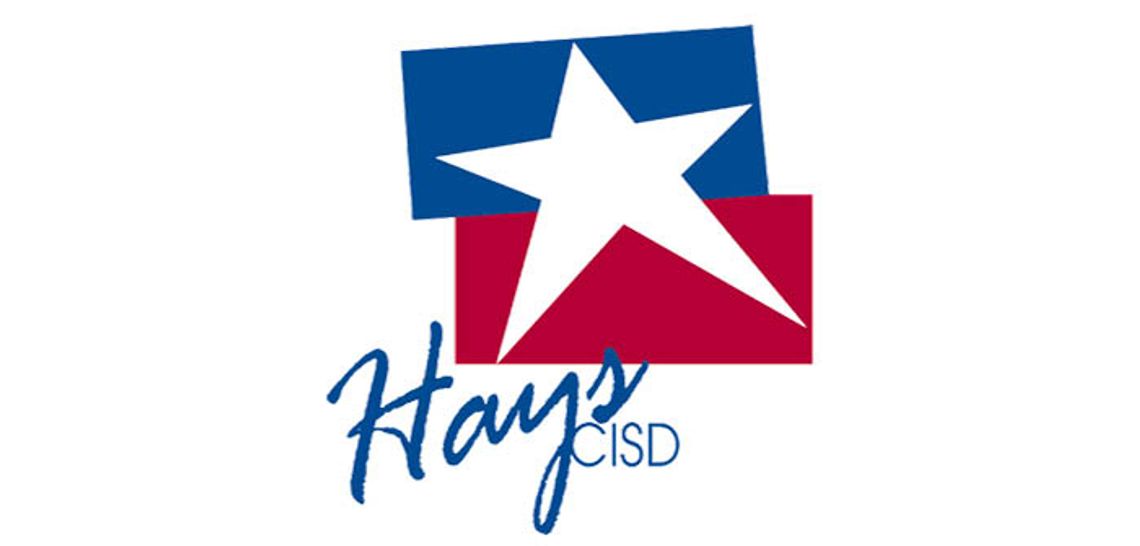By Brittany Anderson
An aerospace program that has seen students go work for NASA, SpaceX and other space travel industries is being considered for Johnson High School (JHS).
Hays CISD Superintendent Dr. Eric Wright presented board members with information regarding SystemsGo during the agenda review meeting on Oct. 18.
SystemsGo is a project-based rocketry program that began in 1996 by Fredericksburg High School teacher Brett Williams in his Principles of Technology class. The program has since expanded to 85 schools across Texas, New Mexico, Colorado and Utah.
In the program, students design and launch their own rockets, gaining experience within the STEM (science, technology, engineering and mathematics) field.
Wright said that while an aerospace course has been offered at Johnson High School, the district didn’t have the facilities needed in order to culminate the experience with rocket launches that are “crucial to the program.”
The four-year program starts with an Introduction to Engineering course. In that class, students learn about the research and development (R&D) industry, as well as the research design and development loop (RD&D) to develop solutions to problems within a variety of engineering disciplines.
An AutoCAD course follows. Students are introduced to mechanical drafting and learn how to design the rocket. Additionally, students will partner with Austin Community College to receive a college credit in CAD (computer-animated design).
The Tsiolkovsky Level follows the completion of these two courses. At this level, students work with mechanical, fluid, electrical and thermal energy. The culminating project is to design and build a rocket that will reach an altitude of 5,280 feet.
The next level is the Oberth Level. After NASA flight engineers or other engineering professionals approve their flight profile, students design and build a rocket that will break the sound barrier while staying under 13,000 feet.
At the final level, the Goddard Level, students again develop a flight profile to present to NASA flight engineers. Once approved, they design and build a rocket that is launched at White Sands Missile Range in New Mexico with support from the U.S. Army and will reach upwards of 100,000 feet.
Both courses and all three levels of the program help students develop critical thinking, problem solving, design and development, testing and analysis, teamwork and leadership skills.
The aerospace building is the missing piece of the program. Made out of inert material, it serves as the rocket fuel test stand and essentially acts as a laboratory with cameras, computers and classroom space within the building. It will be located north of the student parking lot.
The program’s prospective in Hays CISD dates back to January 2019 when board members approved the Aerospace Engineering Pathway at JHS. In February 2020, staff met with Williams to discuss program requirements. The program lost momentum as the COVID-19 pandemic hit the following month. In May 2021, staff approved the work with contractor Bartlett-Cocke for $474,499 after also considering a proposal from Braun and Butler.
Regarding funding, Wright said that he and Max Cleaver, Hays CISD chief operations officer, reviewed the 2017 bond and found that it said any additional projects “wouldn’t happen” and that “all money would be returned to the voters.”
“When Max and I discovered that, we decided it would be better to take the money out of our fund balance,” Dr. Wright said. “We felt like, instead of having this particular building financed for over 25 years, it would make more sense to take it out of the general fund and pay for it up front.”
Board members expressed their excitement at the prospect of the program, with Wright saying that the program is “probably the most hands-on in the field of STEM that I’ve seen in my 18 years as a superintendent.”
Wright said that the program could be implemented as early as spring 2022. The board will vote on the item during its meeting Oct. 25.










